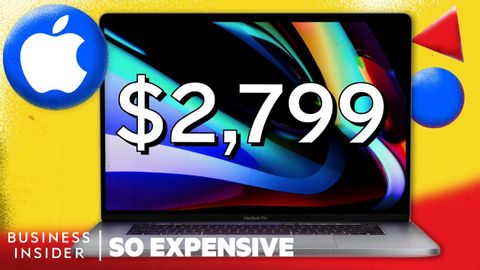アップル製品はなぜ高価なのか? (Why Apple Products Are So Expensive | So Expensive)
林宜悉 が 2021 年 01 月 14 日 に投稿  この条件に一致する単語はありません
この条件に一致する単語はありませんUS /ˈkɑmprəˌmaɪz/
・
UK /'kɒmprəmaɪz/
- v.t./i.妥協する;妥協する;危険にさらす;漏洩する
- n. (c./u.)妥協
- v.i.重要な位置を占める
- n. (u.)物質
- n.事柄
US /fɔrs, fors/
・
UK /fɔ:s/
- n.軍隊;力;強制;武力;影響力;勢い;警察
- v.t.強要する;こじ開ける;促成栽培する
US /ˌrɛpjəˈteʃən/
・
UK /ˌrepjuˈteɪʃn/
- n. (c./u.)評判;評判が良い;評判が悪い;評判が関わる
エネルギーを使用
すべての単語を解除
発音・解説・フィルター機能を解除

